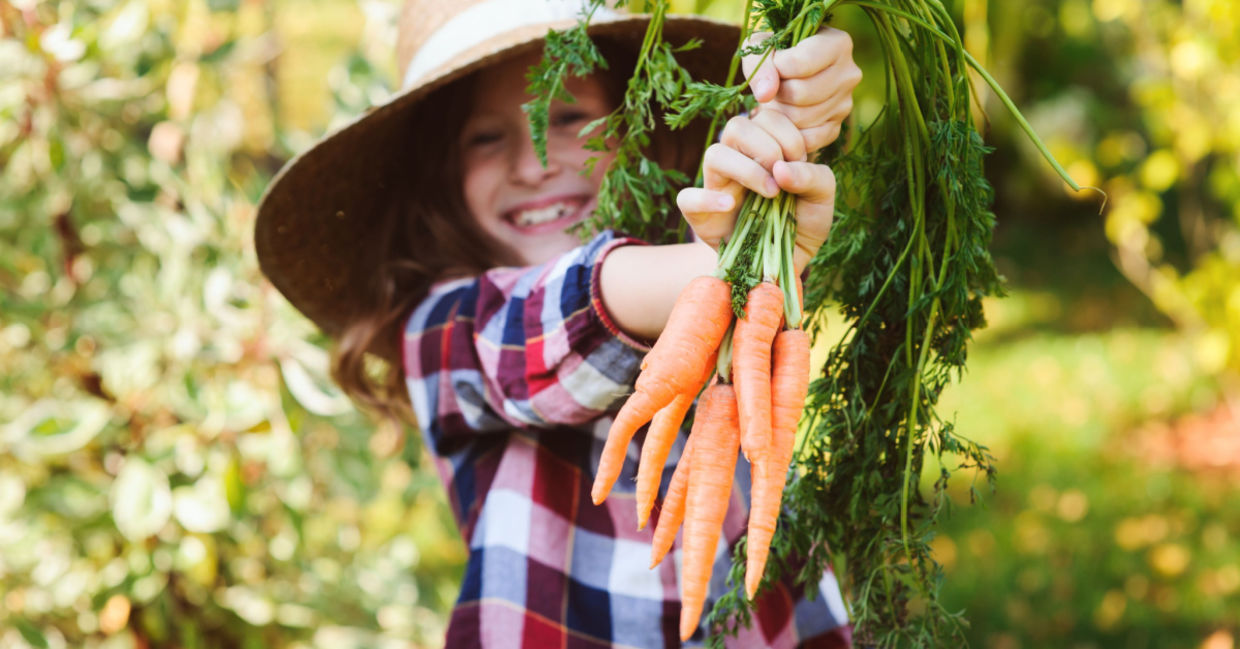
(Maria Evseyeva / Shutterstock.com)
Cold weather temperatures are here in the northern hemisphere, but you don’t have to let your garden go. Some veggies keep producing and even thrive in the winter.
There are other advantages too, according to Eco Watch, like fewer weeds and bugs, and a lot less watering. With proper care, your garden will continue to produce through the fall and winter holidays.
Keep your garden covered after the temperature drops below 25°F (-3.8°C). You can make DIY row covers or spread mulch and straw to help insulate the plants. Since plants still need sunlight, take off the coverings during sunny days.
You can start your plants inside and then transfer them outdoors when they are hardier and stronger. If starting outdoors, check the USDA Plant Hardiness Zone Map to see when you can plant your winter garden. Some summer plants will continue harvesting during the cold weather months. Here are some of the best vegetables to grow during the winter.
Cabbage
Winter cabbages – like Danish ball or cold ball – have smaller heads and can survive in temperatures as low as -40 °F. Some cabbages can germinate in a brisk 40°F. These cabbages grow much slower than summer varieties but are just as tasty. Other veggies in the cabbage family that grow into the winter are broccoli, Brussels sprouts, cauliflower, and kale.
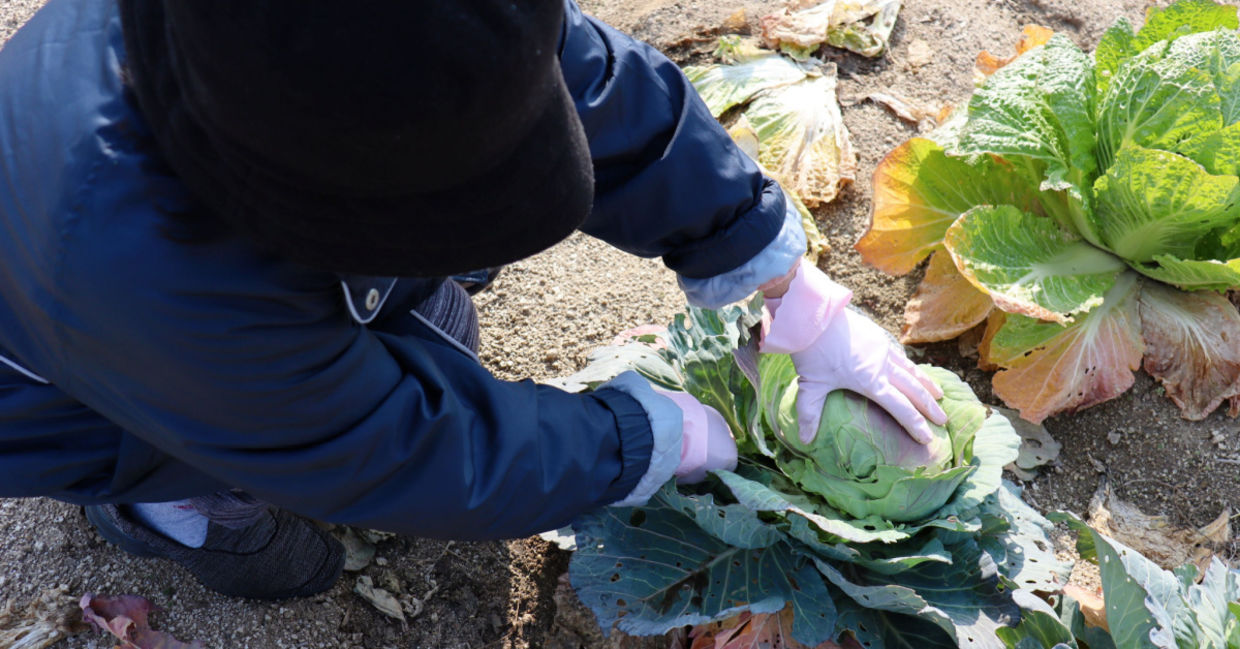
(umaruchan4678 / Shutterstock.com)
Onions
You can plant onions as late as two weeks before the first frost but choose a variety that is labeled overwinter like red, yellow, heirloom, and Kentucky hill. Make sure to keep the ground well mulched and cover if the temperatures drop below -10°F. You can begin digging up your onions two or three months after planting. Other vegetables in the allium family that are cold weather friendly are garlic and leeks.
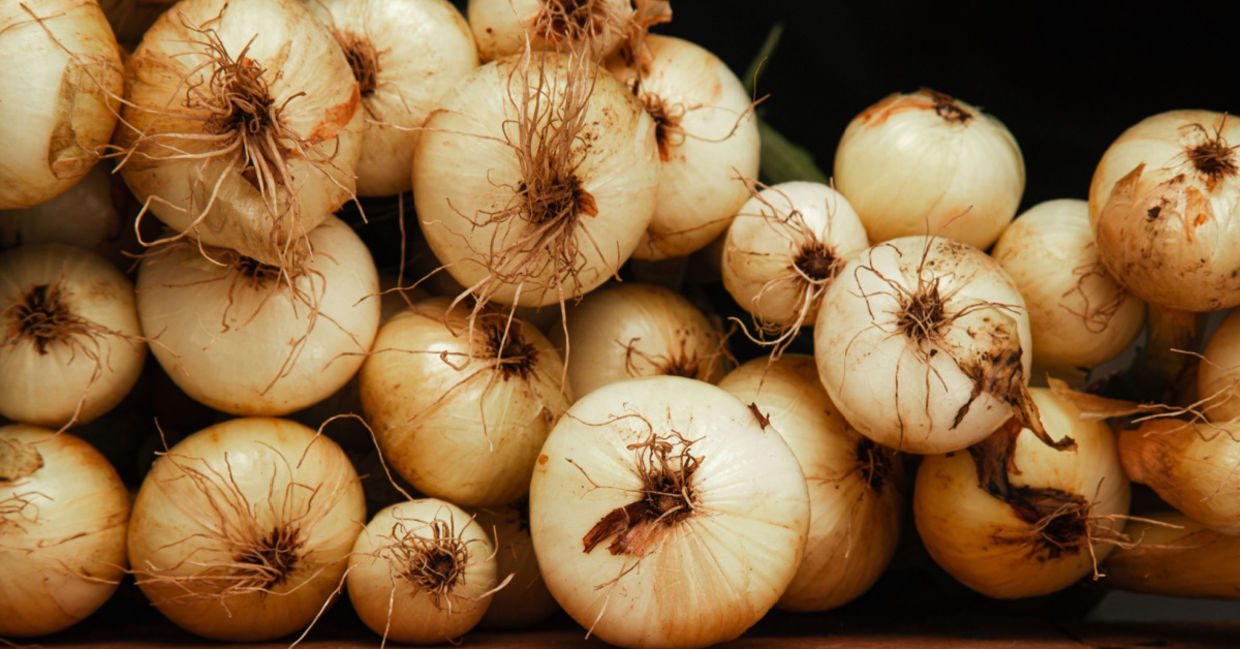
(Jason Sinn Photography / Shutterstock.com)
Carrots
Winter carrots get even sweeter after a few hard freezes according to Savvy Gardening. Before the weather gets cold, deep mulch your garden with shredded leaves or straw. The best varieties for winter harvesting are mokum or bolero. Other root vegetables that can be harvested during the cold weather months are beets, kohlrabi, and celery roots.
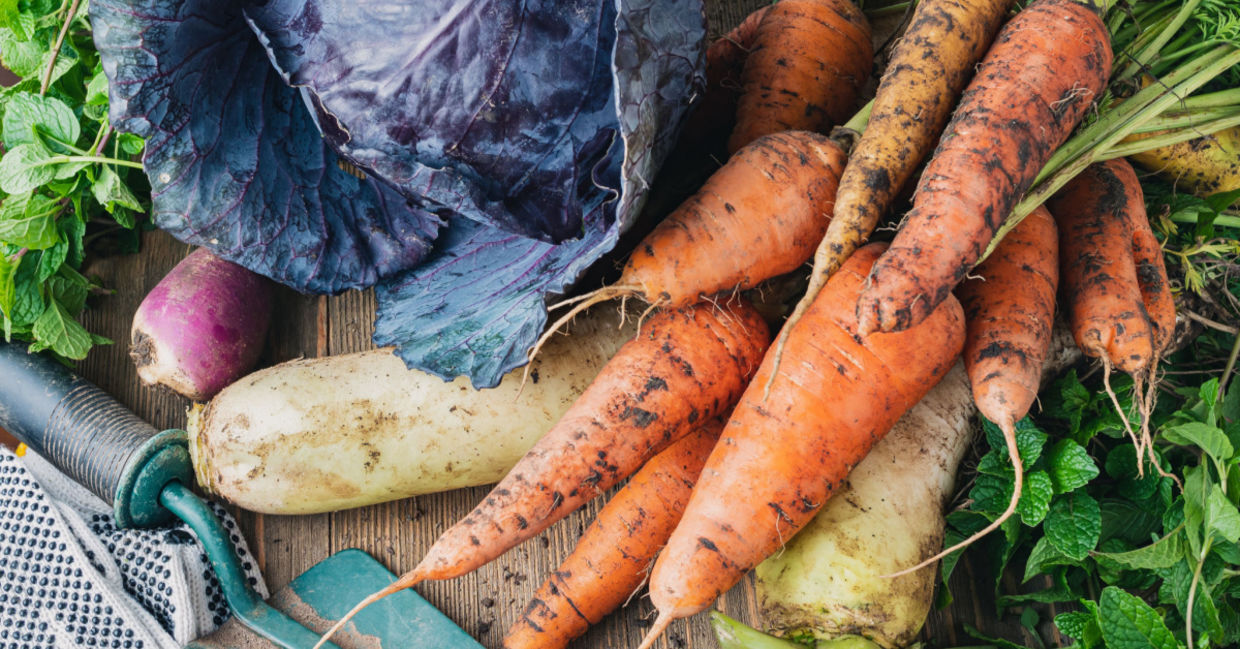
(Nadia Nice / Shutterstock.com)
Kale
The flavor of kale gets even better after the temperature drops in the fall. You can grow kale as a mature crop – like winterbor or red Russian – and the plants will grow up to 3 feet (0.9 meters) tall. Or you can pick baby kale as microgreens for salads. You may want to cover up the plants if heavy snow is expected. Other greens that grow into the winter include spinach, arugula, and collard greens.
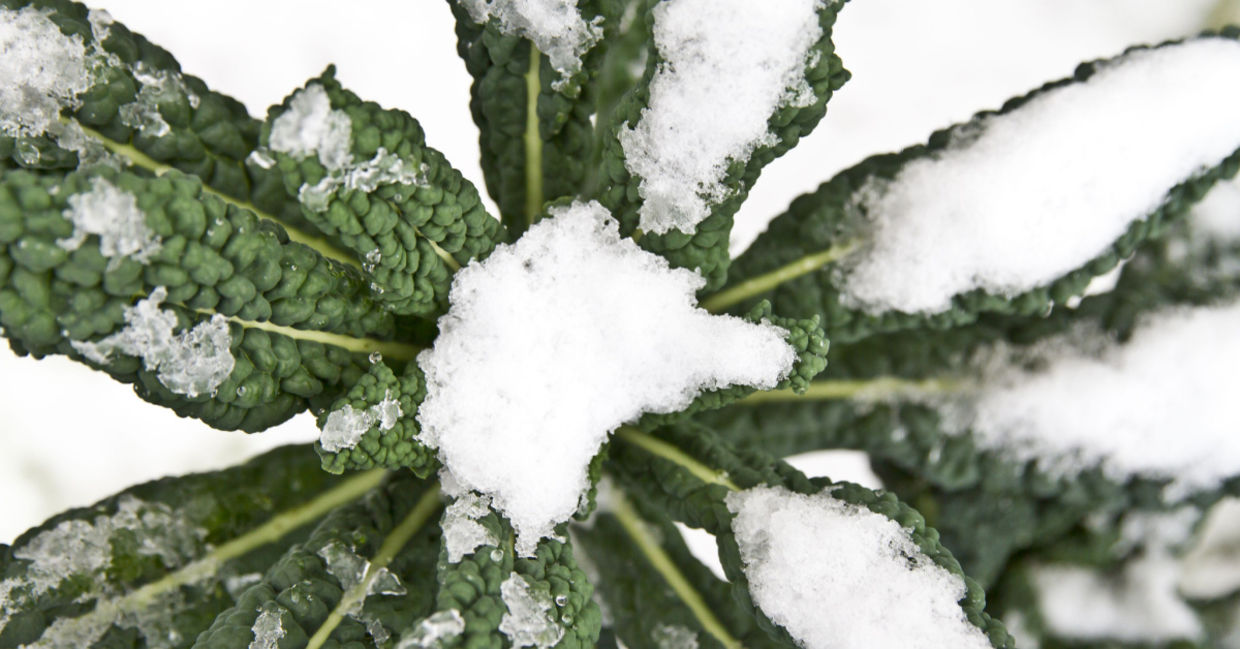
CLICKMANIS / Shutterstock.com)
English Peas
Dwarf varieties of peas like Provence and meteor can germinate in temperatures as low as 40°F, reported Eco Watch. You must cover the plants with a plastic cloche, or they will likely die if temperatures drop into the teens or below for days at a time. Covered, the peas can even survive snow.
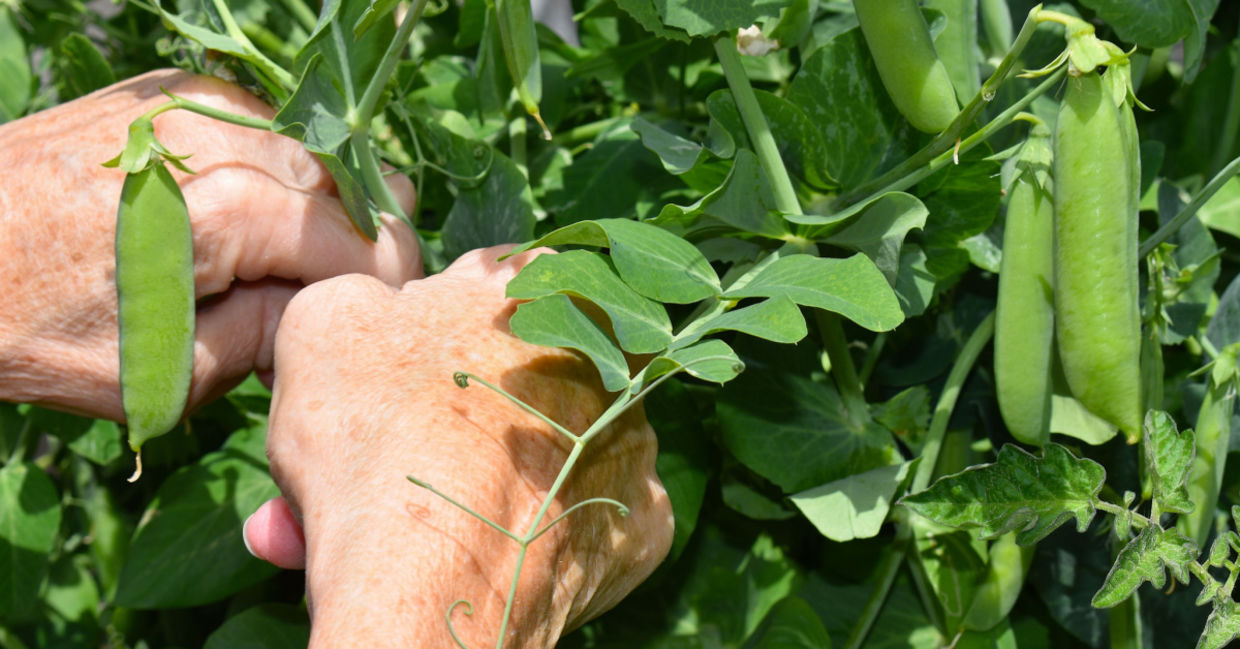
(Rusana Krasteva / Shutterstock.com)







